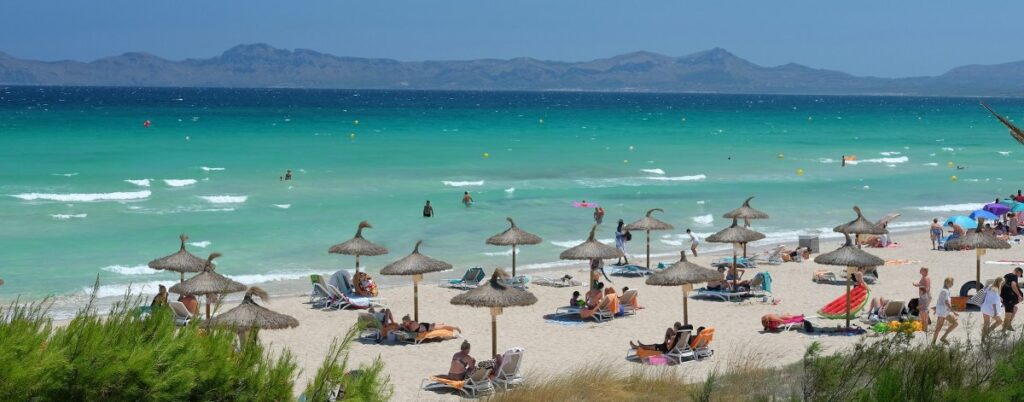
COASTAL RISK SERVICES
Site typology, location & description
The Western Mediterranean Sea basin includes five marginal seas: the Thyrrenian Sea, the Balearic Sea, the Sea of Sardinia, the Ligurian Sea and the Alboran Sea. The region is strategically positioned and is one of the principal maritime corridors in the world and the gateway to Africa for European countries. Marine harvests from fisheries (artisanal and industrial) and aquaculture are the second most important activity in terms of gross added value and employment. In addition, recreational and subsistence fishing are very important as well from an economic, social and cultural point of view. The region is also a traditional and consolidated tourist destination, in particular its northern rim.
Site challenges
The area is subject to intense and widely spread human pressures, including high fishing to most commercial species and large discarding and by-catch rates of non-commercial and vulnerable species, and climate change effects such as intense sea warming, ocean acidification and changes in primary production. In addition, habitat degradation, pollution – also by plastics – and the introduction of invasive species (e.g., blue crab) are challenging the management of coastal and marine resources. National or regional spatial plans are still not being developed but discussion about the allocation of areas for offshore renewable energy in specific areas has started, while there is not enough knowledge about their potential impact. The establishment of fisheries restricted areas (permanent or seasonal) and the implementation of larger marine protected areas (MPA) to conserve and restore vulnerable marine ecosystems (VME) and essential fish habitats (EFH), achieving the 30% protection for 2030 is being discussed.
Past work and existing data
In previous projects CSIC developed spatial-temporal marine ecosystem models that have been driven with biogeochemical modelling regional outputs. These studies increased the understanding of the impacts of climate change and the effects that potential management options could have. Yet, the environmental drivers are of low resolution and do not fully capture the effect that MPAs and other management options can have on marine biodiversity, natural resources and ecosystem services in the area.